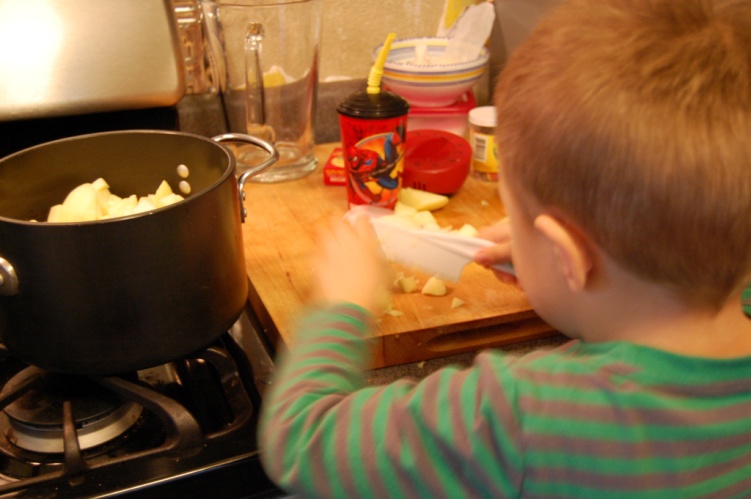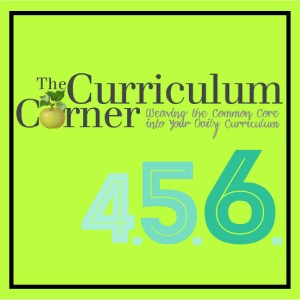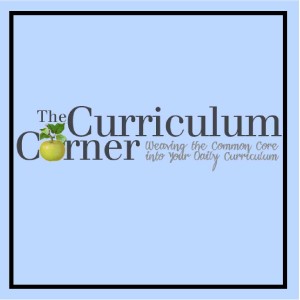This post is brought to you by guest blogger, Corinne Jacob from Alternate Tutelage. Thanks so much for sharing with us, Corinne!
I am Corinne Jacob, trying so hard for my a.k.a. to be something spectacular like Supermom or Oh Captain my Captain. In reality and in no particular order, I am a writer, a content developer, a mother, a wannabe blog god and a self proclaimed geek.
I love all things that scream out unschooling, alternative education and holistic learning. I often scour the internet looking for education trends, unique ways to teach and learn, alternative parenting, DIYs and my soul is under lease to Pinterest (don’t pretend like yours isn’t!). I believe that learning should be an enjoyable experience and in my quest to do so, I have created this platform where I can share my thoughts, things I find interesting on the internet and my ramblings on various topics.
4 Easy Science Activities in the Kitchen
Photo courtesy – JustyCinMD
Cooking with kids can be a wonderful bonding opportunity for families. Your child’s experiences with food can also help him learn many things that you’d think only belonged to a science lab. Here’s your chance to teach him about nutrition, food safety, food-related behavior and help him build his science vocabulary. Try these 4 simple kitchen science activities and experiments for kids.
- 1. Invisible lemon juice painting
You will need:
- Lemon juice
- Paintbrush
- Iron
- Paper
- Towel or ironing board
Instructions
- Squeeze lemon juice in a bowl.
- Dip the paintbrush into the juice and create your painting.
- Let the paper dry completely.
- Place the paper on the towel or ironing board and heat it with the iron.
Caution – Holding the iron too long to the paper could burn it.
Science takeaway – The acid in lemon juice have weakened the paper. When you heat it, the acid will burn and turn brown more quickly than the paper.
- 2. Colorful white flowers
You will need:
- White flowers with stems (lily-of-the-valley, white carnation, etc.)
- Food coloring
- Glass jars
- Water
Instructions:
- Pour some water into each jar.
- Add a few drops of food coloring to each.
- Put one flower into each jar.
- Leave it overnight for best results.
Science takeaway – This science activity shows how water and nutrients absorbed by plants passes onto the flowers through the stems.
- 3. Growing gummy bears
You will need:
- Gummy bears (1 of each brand)
- Plain water
- See-through containers
Instructions:
- Record the length and mass of each gummy bear you use for the experiment.
- Pour about 50 ml. water into each container.
- Leave it overnight.
- Record the length and mass of the gummy bears the next day.
- Which brand of gummy bears grew the most?
Caution – Do not eat the gummy bears as they will be full of bacteria.
Science takeaway – Gummy bears consist of a mixture of sugar, gelatin, glucose syrup, citric acid, starch, fruit flavoring and food coloring. The mixture is poured into bear-shaped molds and dried for a few days. When you place a gummy bear in water, you are re-hydrating the gelatin and other ingredients. This allows the bear to expand.
- 4. Make fizzy water
You will need:
- Lemons
- Baking soda
- Sugar
- Water
- Ice cubes
- Glass
- Kitchen knife
Instructions
- Squeeze the lemons and pour the juice into the glass.
- Add half a teaspoon of baking soda to the juice. Note what happens.
- Add water and sugar to taste.
- Your lemony fizzy iced water is ready!
Science takeaway – Lemon juice is an acid. You can get a chemical reaction (bubbles) when you combine it with a base like baking soda.
If you’ve got any interesting kitchen science activities of your own, I would definitely like to hear from you!
Google Authorship HTML – Written by Corinne Jacob







{ 0 comments… add one now }